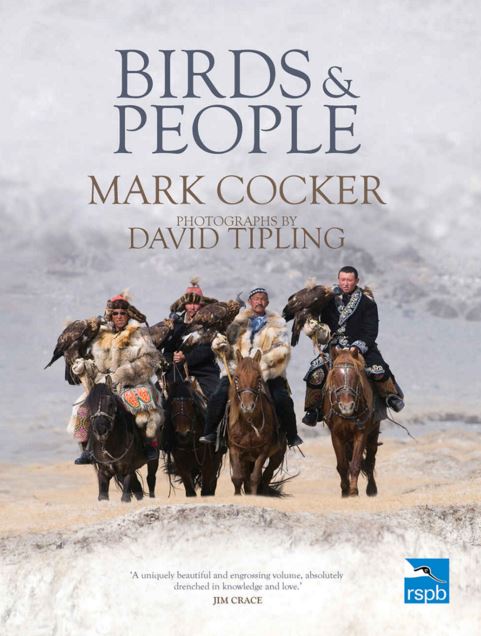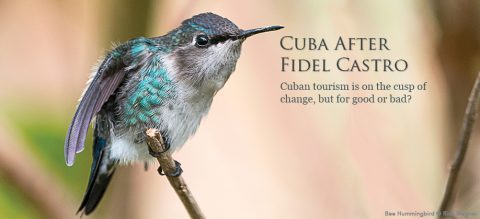Book Review: Birds and People, by Mark Cocker
Review by Stephen J. Bodio
January 15, 2014
Mark Cocker’s Birds & People is encyclopedic in size and ambitious in scope, devoting 592 pages to the space where birds meet and interact with our species. Cocker, who has written many books about birds and travel—and even a biography of the swashbuckling ornithologist and infamous hoaxer Colonel Meinertzhagen—tells us that his ambitious book is as much about humans as it is about birds. We take birds for granted because they are ubiquitous, thriving in every environment from our cities to the harshest places on earth, and are more wide-ranging and visible than most mammals. He reminds us that “the entire class of birds has occupied more of the earth’s surface, terra firma and sea, than any other vertebrate life form.” Emperor Penguins nest in the depths of the Antarctic winter on thick beds of sea ice; a three-month old Manx Shearwater will leave its nest and, without guidance, cover 5,000 miles across water to arrive at its winter quarters in Argentina. Yet human-adapted species such as feral Rock Pigeons and European Starlings occupy our cities as though they had evolved there. Among vertebrates, only humans and birds span the earth.
The first thing you notice about Birds & People is the striking cover of four colorfully-dressed Kazakh “eaglers” from western Mongolia riding straight at the observer. It is a reliable predictor of the fabulous wealth of photos within. David Tipling apparently took all but 13 of them, credited in the back, and there are color photos on almost every page. This may be the only bird or nature book I have ever seen that meticulously lists what it doesn’t cover—a few small and obscure families that were adequately accounted for elsewhere—because it was easier.
Cocker’s command of the literature, from the scientific to the anthropological to the anecdotal—there are hundreds of quotes and paragraphs—is impressive; it is hard for me to come up with a humanbird “interface” that he doesn’t cover. Nor is it easy to think of another writer who is as well-read or well-traveled. In the areas I know well, he is spot-on. I too have drunk vodka with the Ulgii Kazakhs, and know they release even their best eagles when they are still young enough to breed. I have kept domestic pigeons and am engaged in a serious study of the extinct Passenger Pigeon; he has done his work there, too, pulling the perfect vivid quotes from the wealth of accounts of its numbers.
The book is arranged according to the latest taxonomic order—comforting to those of us who are interested in avian science. The reading matter and vivid color photographs are as anthropological as they are ornithological. The domestic chicken, he tells us, is the most popular food animal on earth, though a startling amount of the information under its name is about the traditional cockfighting cultures, some of which may have been the first to domesticate the birds. On the other hand—such as in the case of Papuan overuse of decorative feathers—he takes a firm stance against endangering the plume birds.
The most fascinating thing about this book is how much new information it offers. As a lifelong student of birds, and one who reviews books, I assume I know a bit about the subject. Birds & People taught me new things in virtually every chapter—and on almost every page. And this is without even mentioning the wonderful photographs of birds, art, and interactions. This is the first book I’ve been able to say this about in a long time.

All About Birds
is a free resource
Available for everyone,
funded by donors like you
American Kestrel by Blair Dudeck / Macaulay Library



